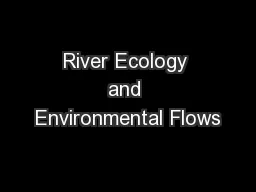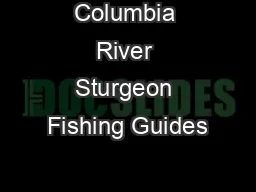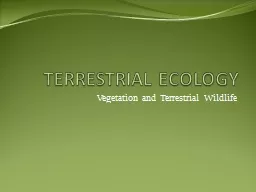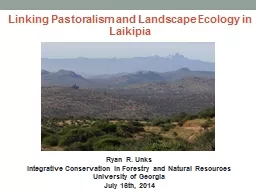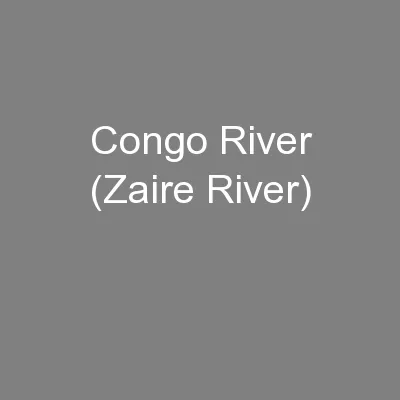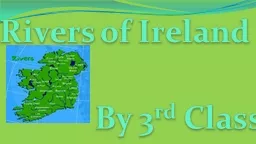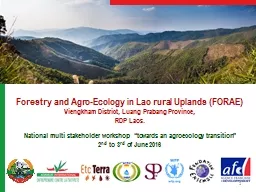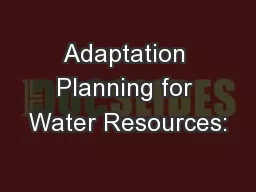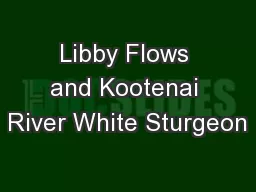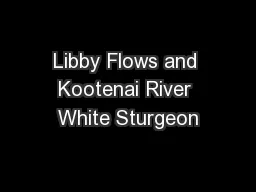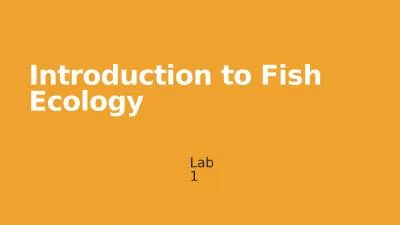PPT-River Ecology and Environmental Flows
Author : pasty-toler | Published Date : 2018-10-30
Eric S Hersh The University of Texas at Austin Center for Research in Water Resources Arc Hydro River Workshop December 1 2010 Outline Context within Arc Hydro River
Presentation Embed Code
Download Presentation
Download Presentation The PPT/PDF document "River Ecology and Environmental Flows" is the property of its rightful owner. Permission is granted to download and print the materials on this website for personal, non-commercial use only, and to display it on your personal computer provided you do not modify the materials and that you retain all copyright notices contained in the materials. By downloading content from our website, you accept the terms of this agreement.
River Ecology and Environmental Flows: Transcript
Download Rules Of Document
"River Ecology and Environmental Flows"The content belongs to its owner. You may download and print it for personal use, without modification, and keep all copyright notices. By downloading, you agree to these terms.
Related Documents

